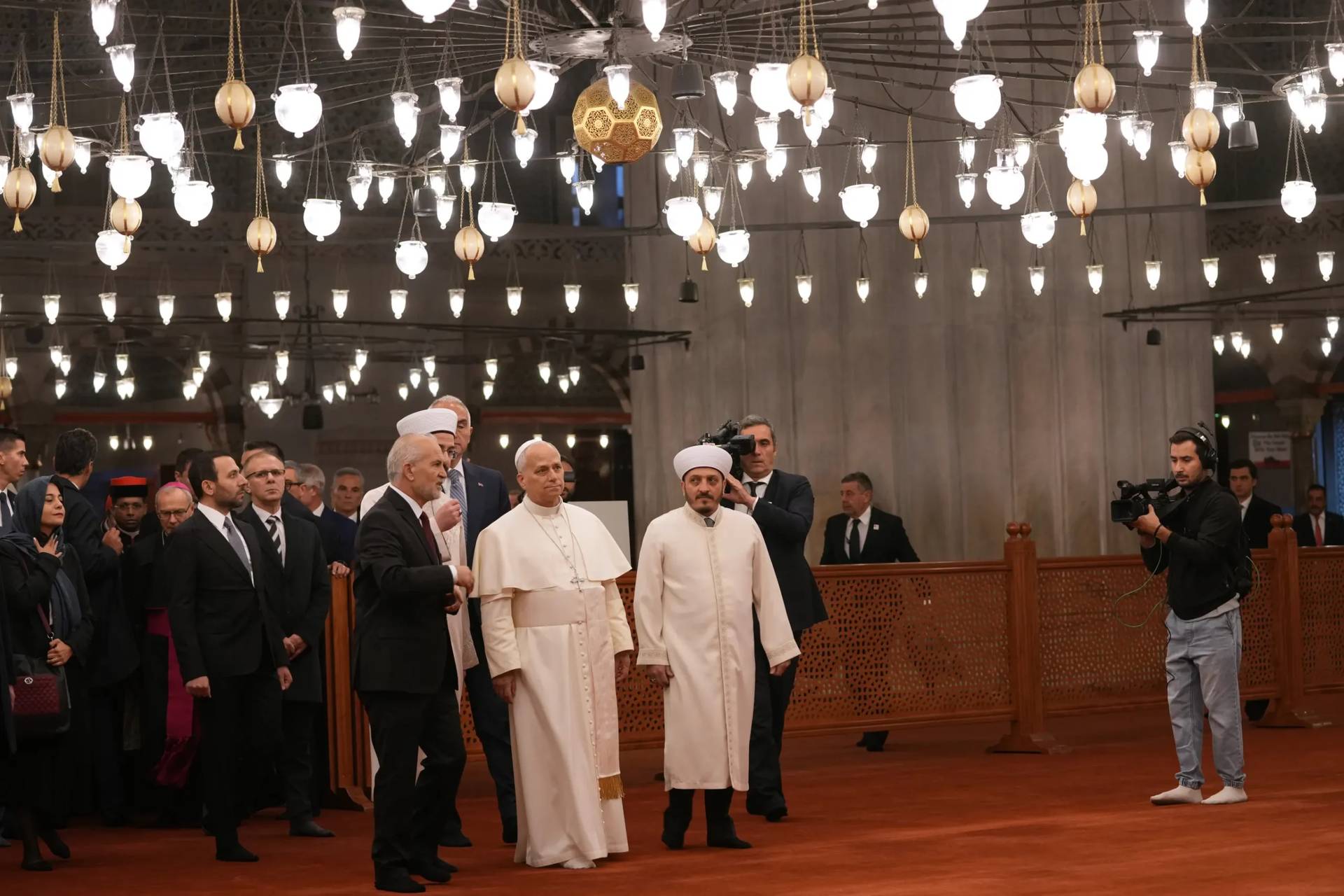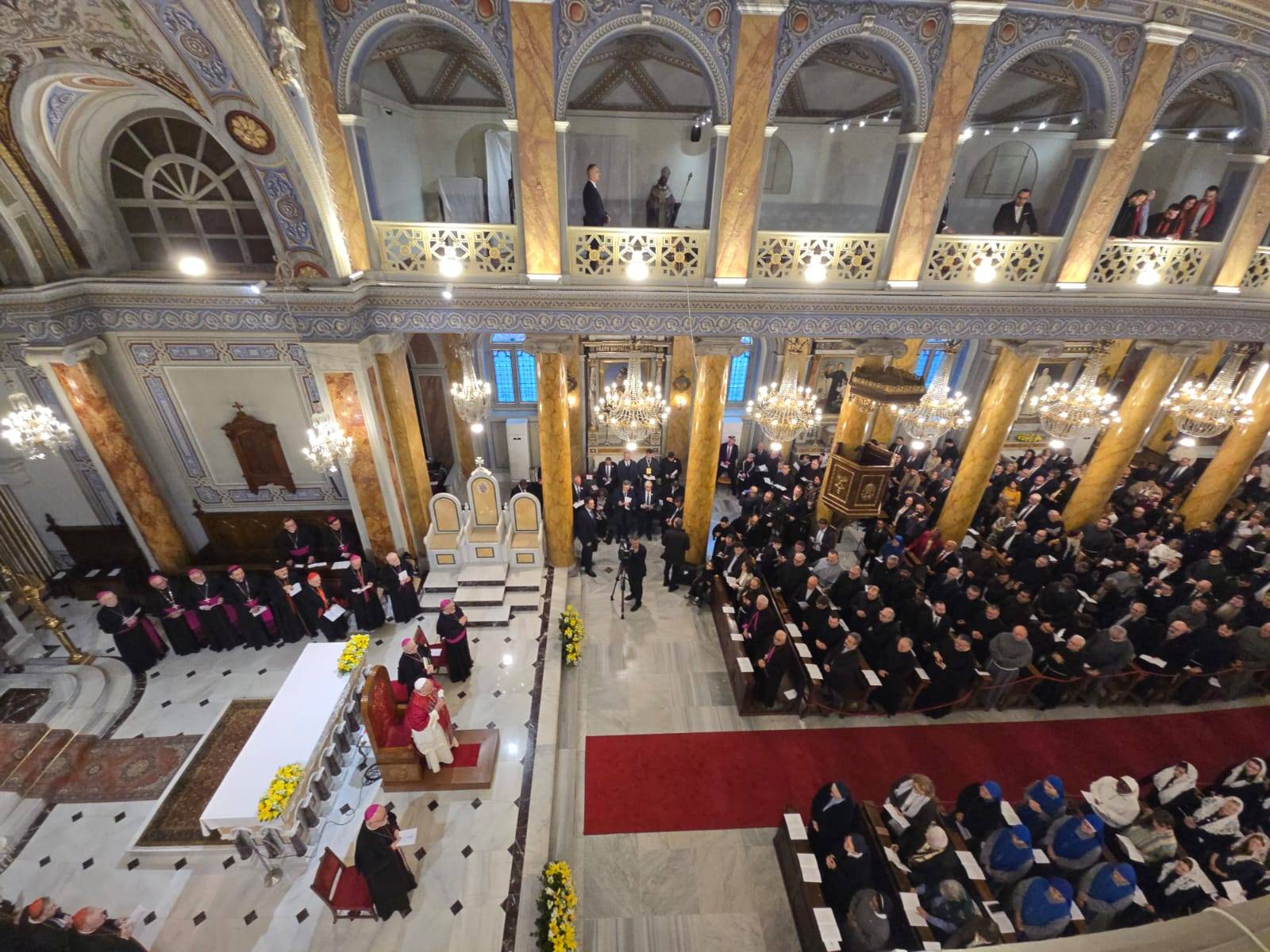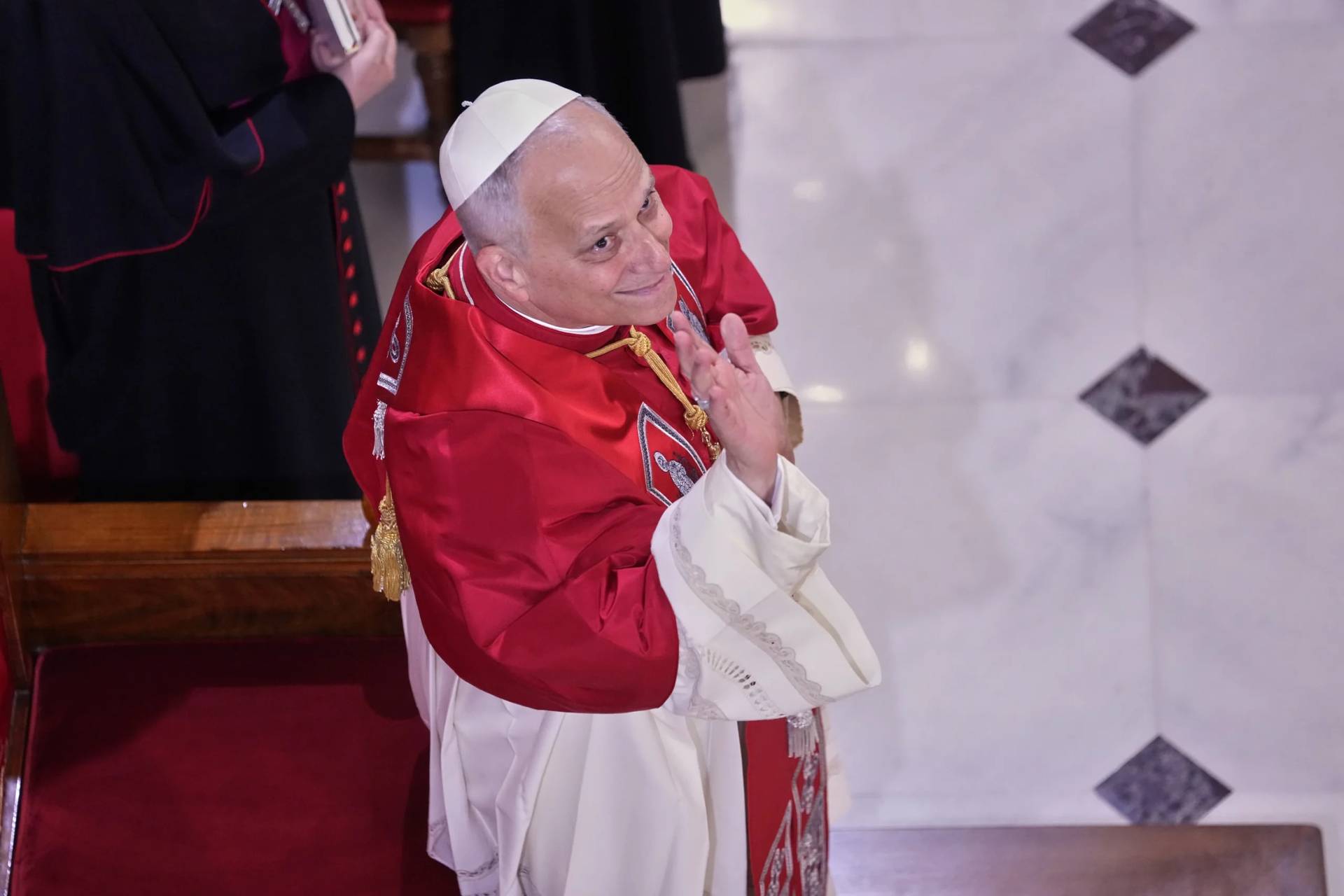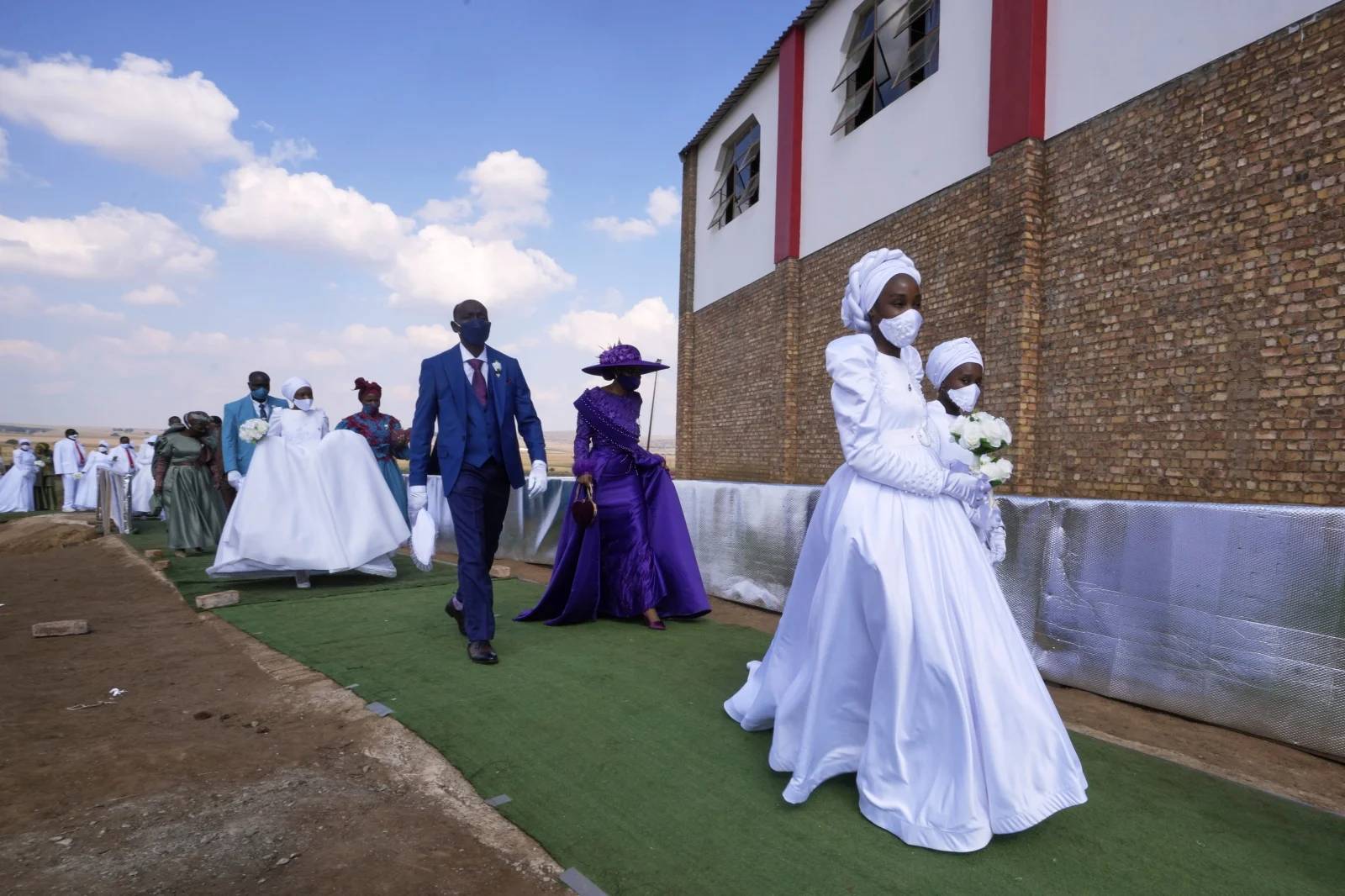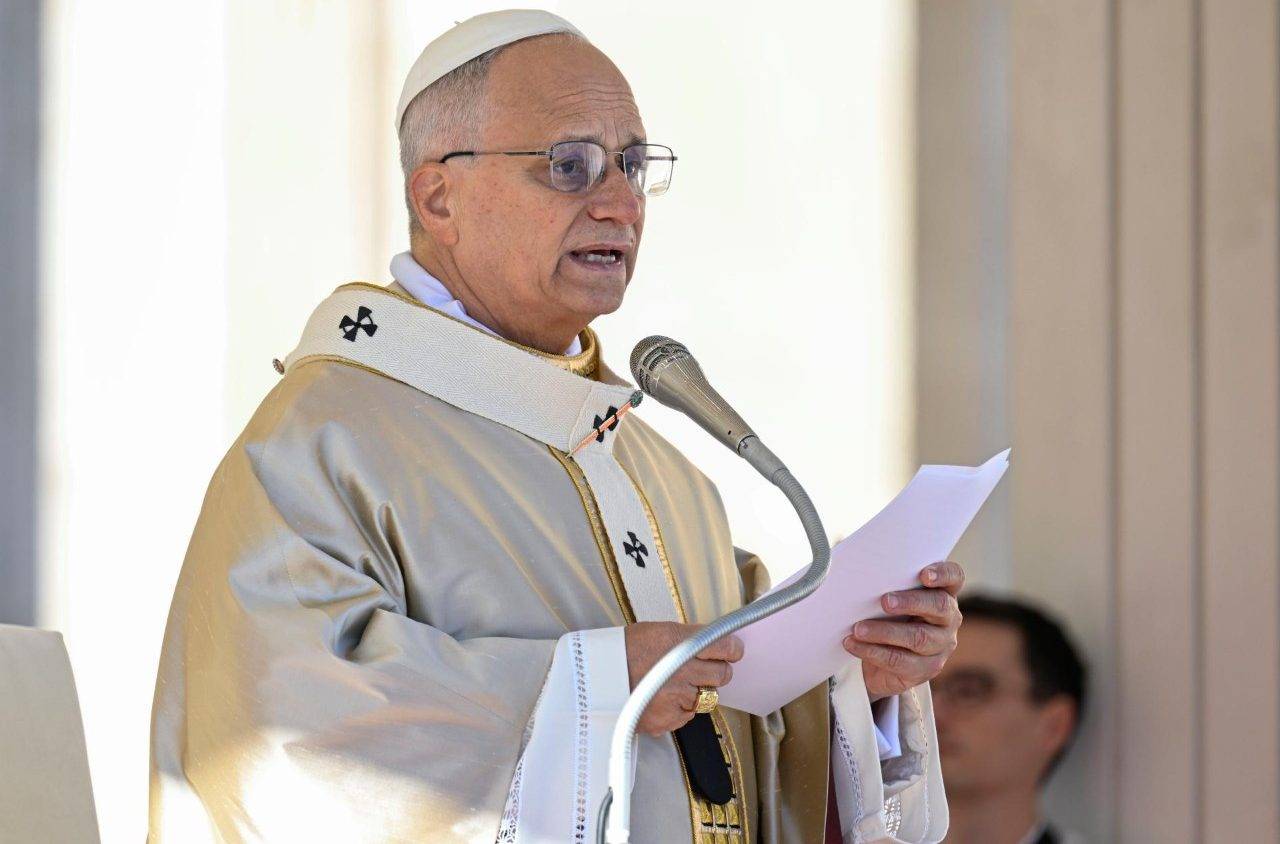ROME – If you were listening closely this week, your ears may have picked up a subterranean rumbling out of Rome. It was the sound of the tectonic plates of history shifting, as, perhaps for the first time ever, the Vatican actually more or less came clean about its finances.
In the old days, it used to be said that how much money the Vatican has was among the mysteries of the faith, akin to how many angels can dance on the head of a pin. Funds were distributed among a bewildering variety of entities and accounts, many of them off the books – in some cases, cash was literally stuffed into desk drawers and cabinets in Vatican offices, replenished and doled out with no paper trail at all.
Further complicating things, there’s long been ambiguity about what’s meant by “the Vatican” when it comes to accounting.
Some people mean the Roman Curia, the church’s central administrative bureaucracy composed of the various departments that oversee matters such as doctrine, liturgy and the appointment of bishops. Yet there are other operations that aren’t considered part of the Curia, but which play important roles – the Synod of Bishops, for instance, is a big deal, especially in the Pope Francis era, but, by design, it’s not a curial office.
There’s also the Vatican City State, which administers the 108-acre physical plant of the Vatican as well as other papal territories, and runs the Vatican Museums, the Vatican’s police, security and fire services, the Vatican Post Office, and so on. Its accounting is also separate, even though most ordinary people obviously think of it as part of “the Vatican.”
In addition, there’s the so-called “Vatican Bank,” technically the Institute for the Works of Religion, which also keeps a separate set of books, mostly because the vast majority of the assets it has under management don’t belong to the Vatican. It handles deposits from religious orders, movements and organizations, dioceses, and other Catholic entities, and the pope can’t simply dip into those accounts at will because it’s not his money.
Friday’s new financial statement excludes the Vatican bank – which isn’t really all that consequential, since reforms begun under Pope Benedict XVI mean the bank now issues its own detailed and independently audited annual statement, so we know its situation – and also the government of the Vatican City State, which remains a bit more opaque.
Even allowing for those omissions, however, Friday’s statement was still remarkable.
It was prepared by the Secretariat for the Economy, an office created by Pope Francis as part of his first wave of reform in 2014, which is now led by Spanish Jesuit Father Juan Antonio Guerrero Alves. For the first time it includes not just the Roman Curia but virtually every outfit that flies under the Vatican flag, with the number of entities covered rising from 60 in past statements to a robust 92 this time around.
According to an interview with Guerrero in Vatican News, the state-run media service, previous reports only covered about 35 percent of the Vatican’s total financial footprint, while this one is pretty much the whole show. Among other things, it confirms what many long suspected, to wit, that the Vatican’s annual income and expenditures were significantly under-reported – they’re closer to $1 billion than the $350 million previously claimed – and that its total assets are around $4 billion instead of $2 billion.
Overall, the statement presents a good news/bad news situation.
The good news is that while the Vatican’s deficit for 2021 had been projected at around $33 million, it turned out to be only about $3.3 million. Guerrero attributed the result in part to the performance of Vatican investments and favorable currency conversion rates, but mostly to aggressive efforts to contain costs.
The bad news is that to bring over-spending under control the Vatican is selling off about $20-$25 million of its patrimony every year, which means it’s cutting not just fat but muscle. Guerrero said revenues have to be increased, calling the pope’s missions “under-funded.”
There’s also a ticking time bomb in the form of the Vatican’s pension fund, which lacks the resources to cover the costs of a rapidly aging workforce nearing retirement, meaning that deficits could grow exponentially without serious new investment.
Guerrero tried to take the sting out by arguing the Vatican is hardly the only place struggling to cover its pension obligations.
“Pensions are a problem for almost all states, and our pension fund is no exception,” he said. “Yet I’d say that in its small proportions, Vatican pensions are in better shape and more secure than in many nearby countries.”
Perhaps, but such comparisons may be of cold comfort to retirees who gave their lives in service to the pope only to find their pension checks bouncing in years to come.
There’s also a problem driven by a papally-owned hospital in southern Italy founded by Padre Pio, the Casa Sollievo della Sofferenza. Without providing any hard numbers, Guerrero said the hospital is in dire straits and must adopt “urgent measures” to avoid calling into question its survival.
Those challenges have to be faced, and it’s not clear exactly how a church struggling with declining membership in countries with the world’s most developed economies can generate the resources needed.
Still, there’s also a danger of missing the forest for the trees here.
This week, the Vatican more or less told us the truth about its financial situation – the full truth, or at least as close to it as the place has ever come. However ugly the picture may be, it’s still got to be better than the rosy landscapes we used to get.
Pope Francis deserves credit for delivering, at least partially, on his pledges of transparency. He just has to figure out what to do about the hard truths we can now see more clearly thanks to his reforms.







